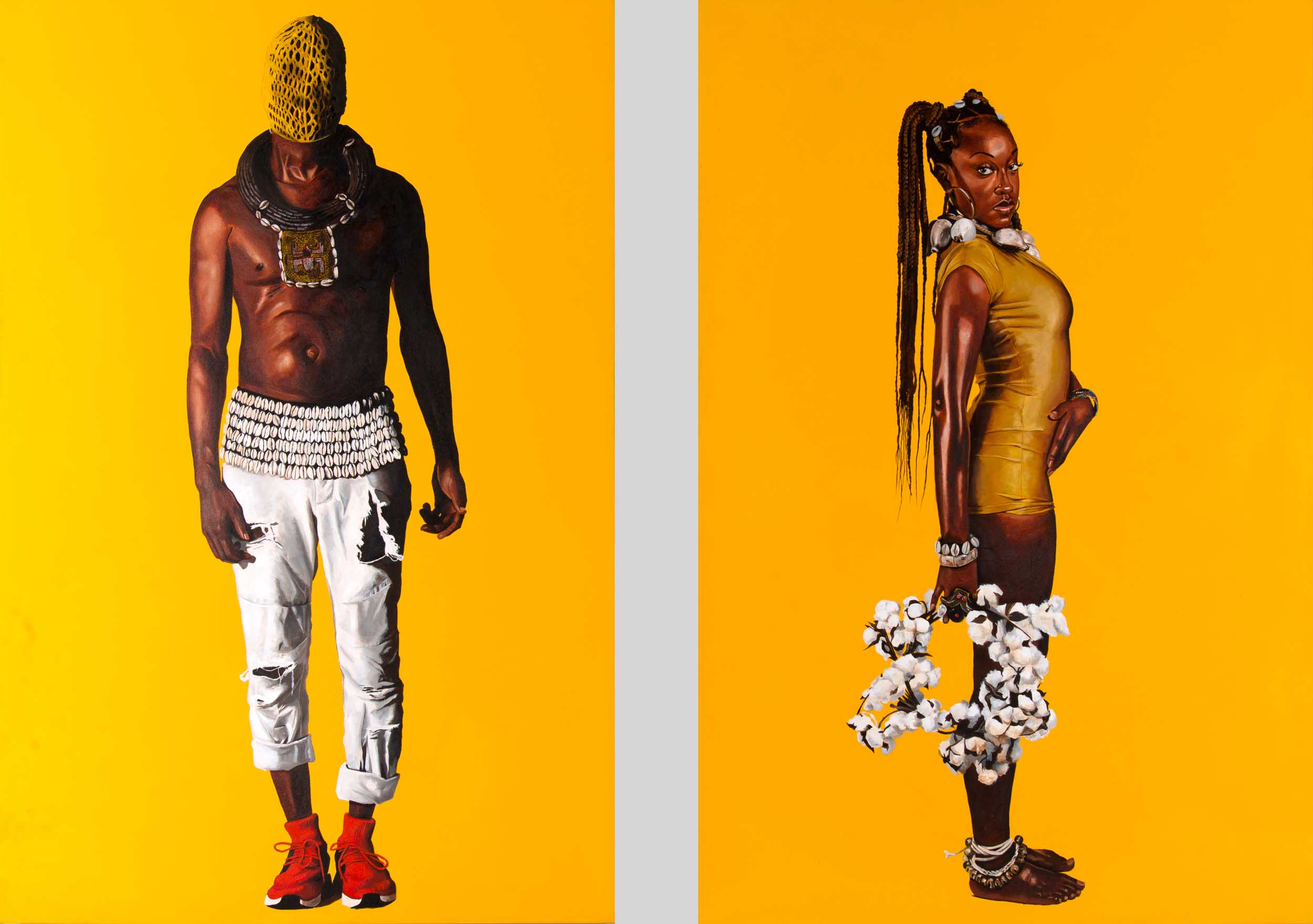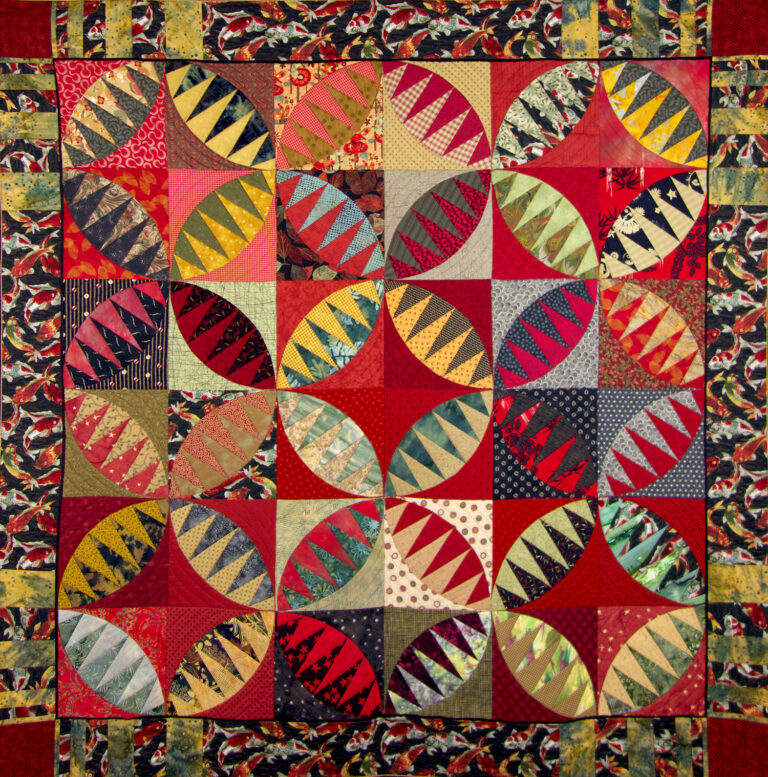This marks the first time that artworks by African American, African and European African artists represented in the Kathryn and Marc LeBaron and Karen and Robert Duncan collections have been brought together for exhibition.
The two couples acquired these pieces over the course of two decades, each work selected because of a visceral, informed attraction to that object. The Duncans and LeBarons knew or knew about many of the artists, while others weren’t familiar to them. . . they just knew they were enticed and would continue to find interest in them.
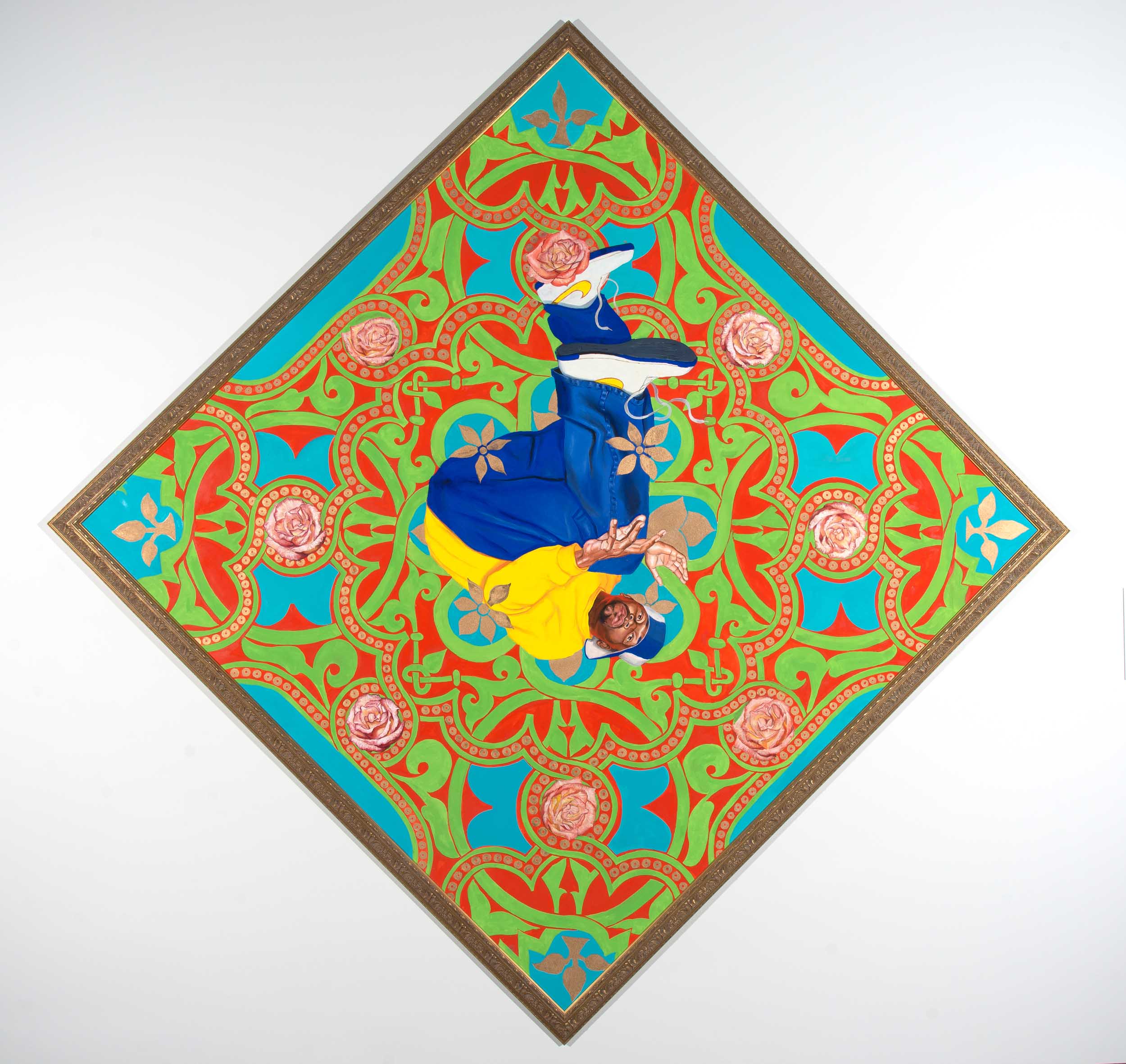

All but the most recently acquired have been displayed in the collectors’ homes and businesses. Some have been in Assemblage and Clarinda Carnegie Art Museum exhibitions, such as Really Big Show, Motion-Emotion; Crossing Borders, Crossing Boundaries; and Iconic House. Several were exhibited in the Sheldon Museum of Art exhibitions Person of Interest and In Conversion: Black. The KANEKO’s Nick Cave exhibition, Fiber Legends, included the Soundsuit shown in this exhibition. Renee Stout’s The Rootworker’s Table traveled in the United States and Canada with Supernatural America: The Paranormal in American Art organized by the Minneapolis Institute of Art. There is an equally large number of significant works in the two collections by Black artists that have been exhibited extensively but were omitted from this show simply because of insufficient space.
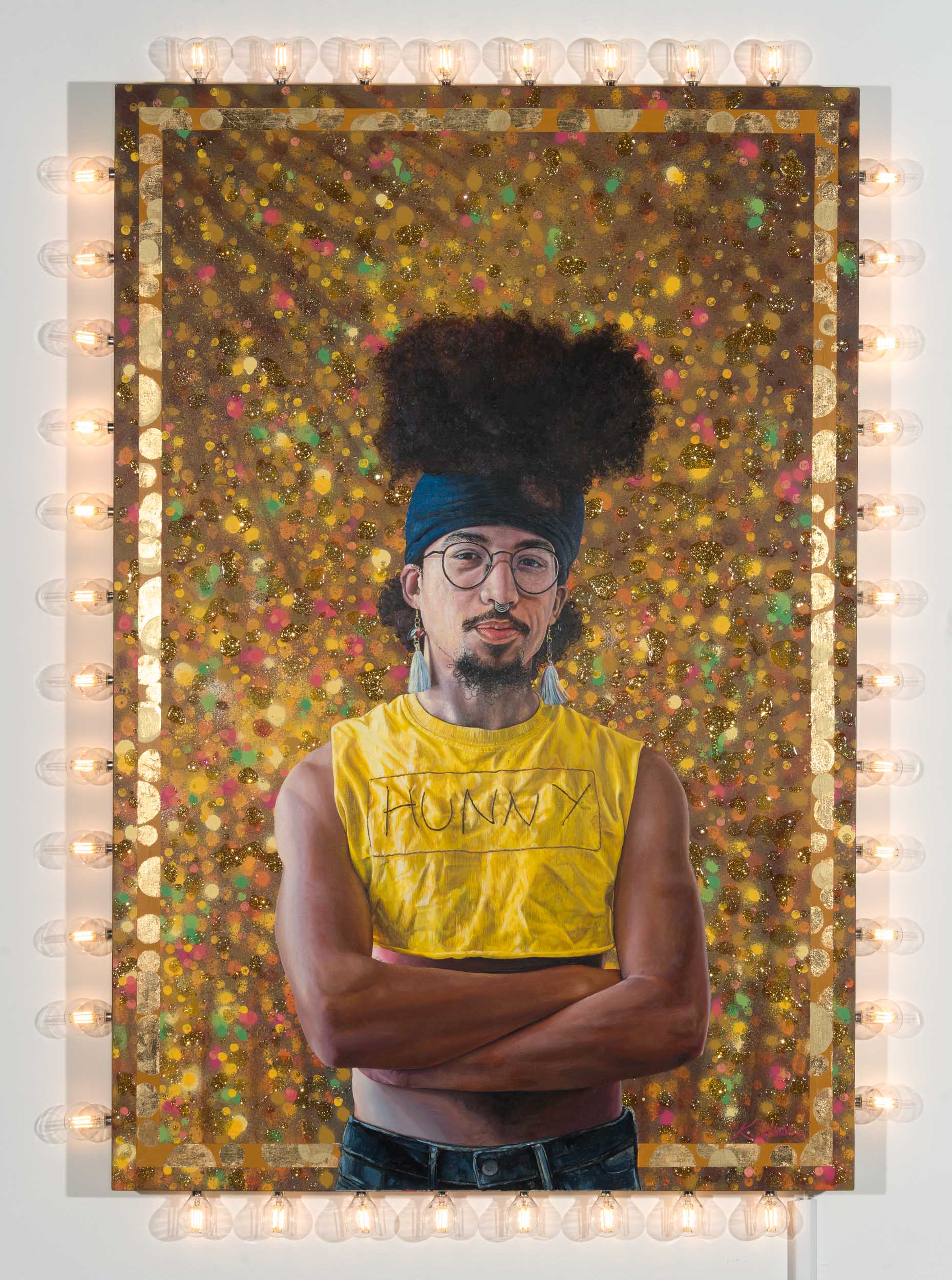
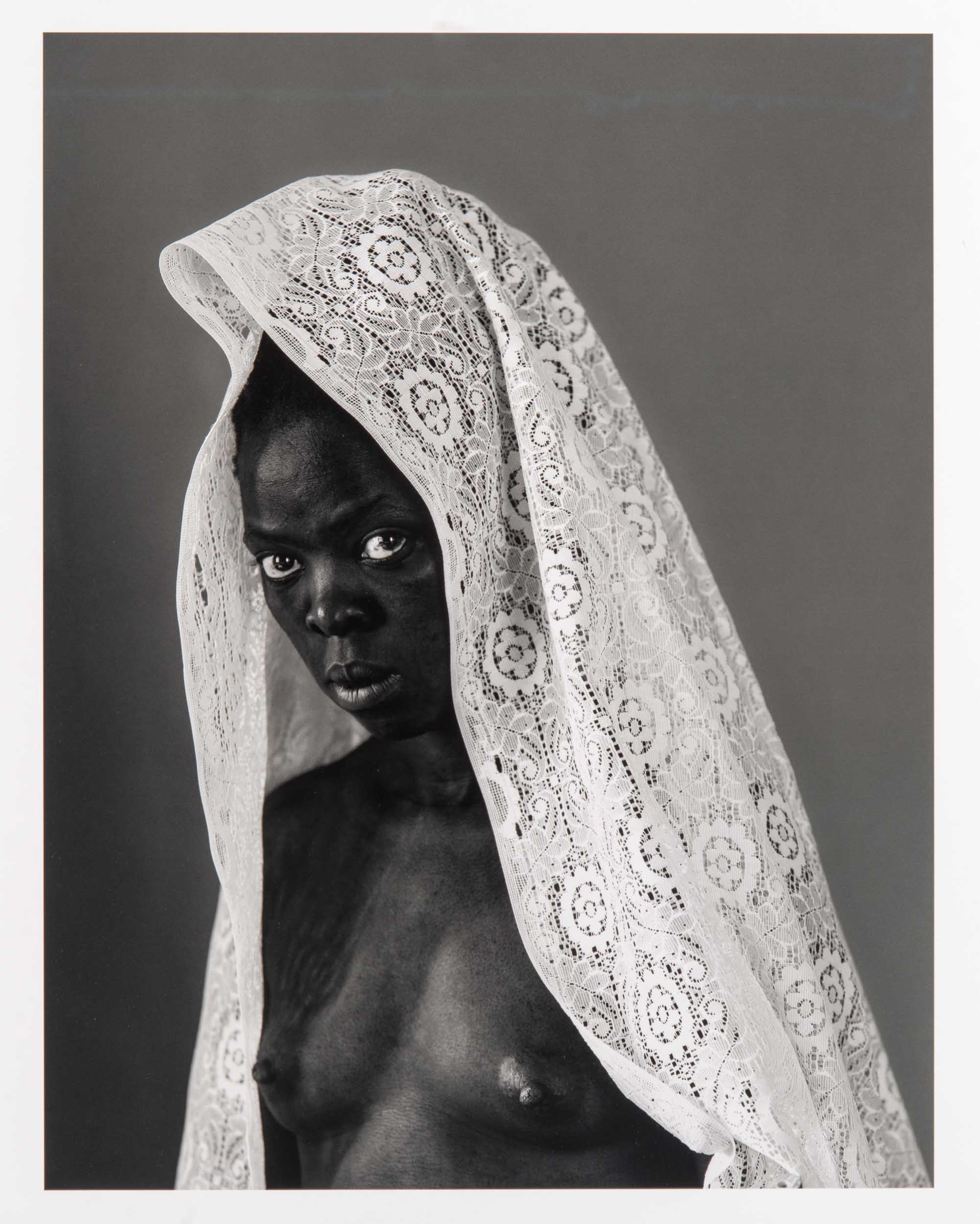
When the idea of Beautiful Black was suggested, visions of elegant, seductive images such as Zanele Muholi’s Thembeka I, Nick Cave’s Soundsuit, 2008 and Fred Wilson’s Bat came to mind. But as the exhibition took shape, it was as though droplets of personal content, forms and compositions coalesced into a sea of shared history and experience, soulfulness and pragmatism, struggles and achievements.

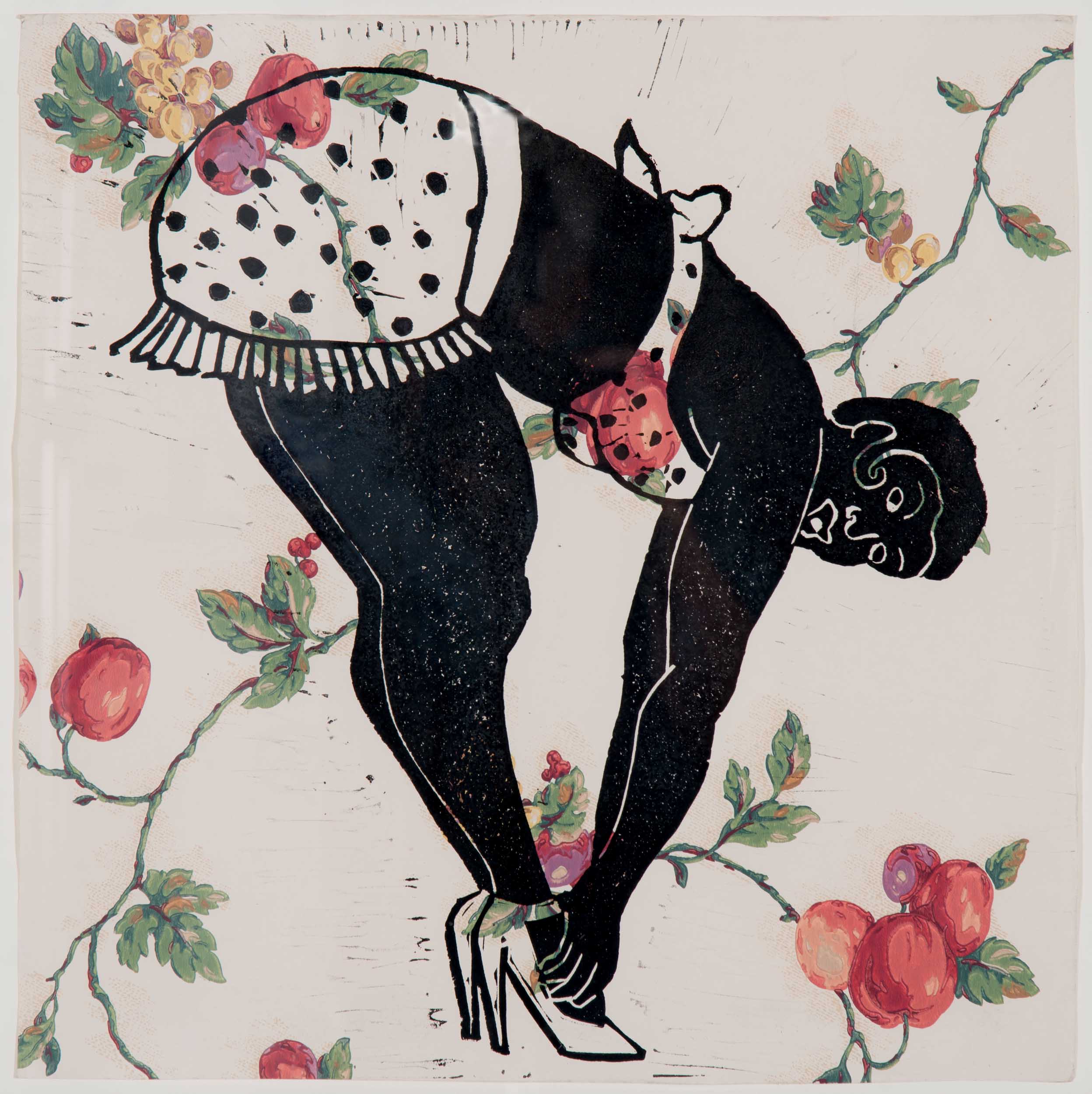
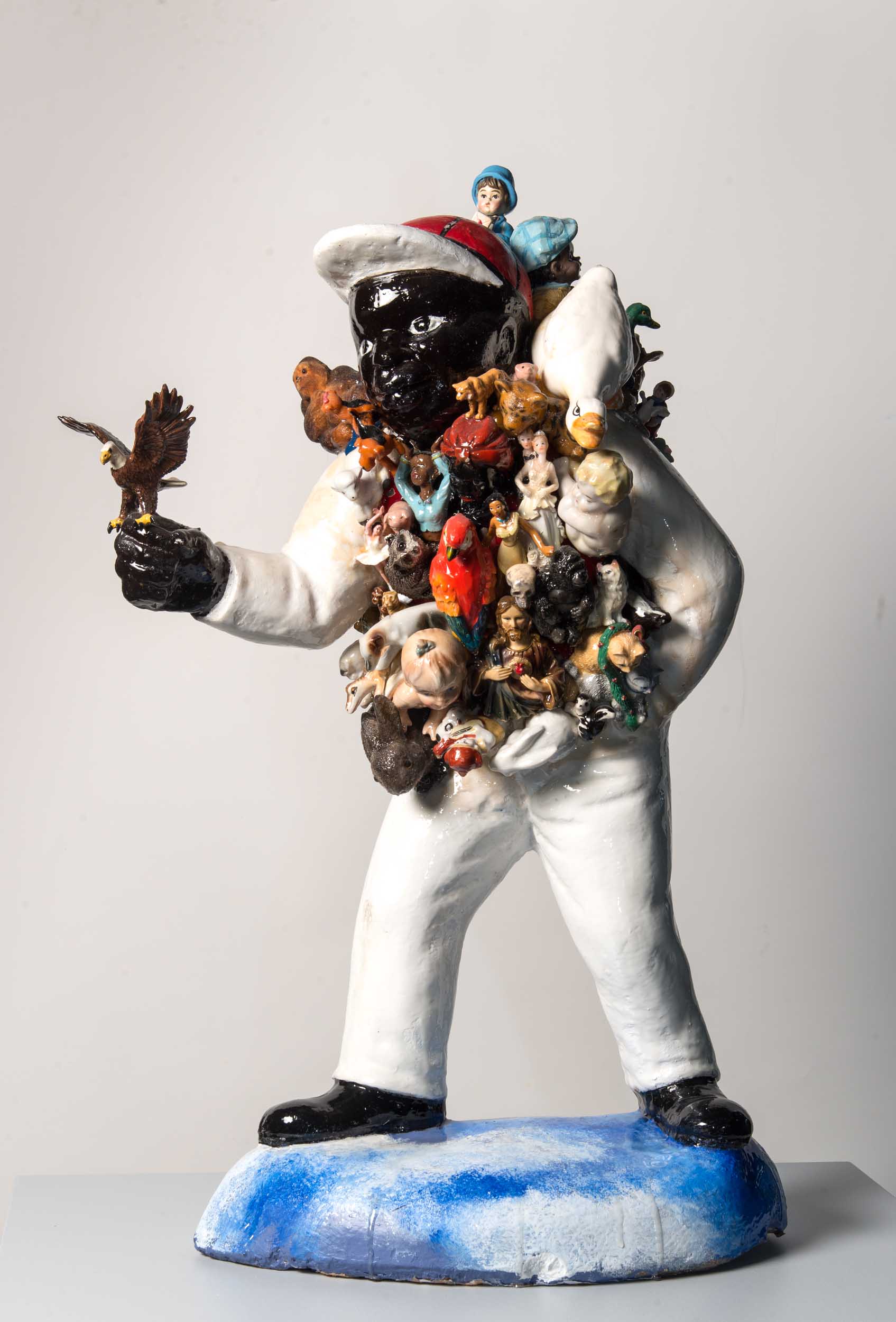
A cornerstone of Willie Birch’s practice as an artist and a teacher has been the query: “If you don’t know where you came from, how do you know where you are going?”
The treasure boxes Birch has imbedded in the chests of The Twins are rooted in Central African minkisi, Yoruba objects imbued with spiritual power. But Birch isn’t alone. Other artists whose works follow their African roots to reference minkisi include Vanessa German, Fahamu Pecou and Renee Stout. A case could be made that Nick Cave’s Soundsuit 2008, Radcliffe Bailey’s Distant Stars II and Willie Cole’s Dream Merchant also might echo such transcendent sources.
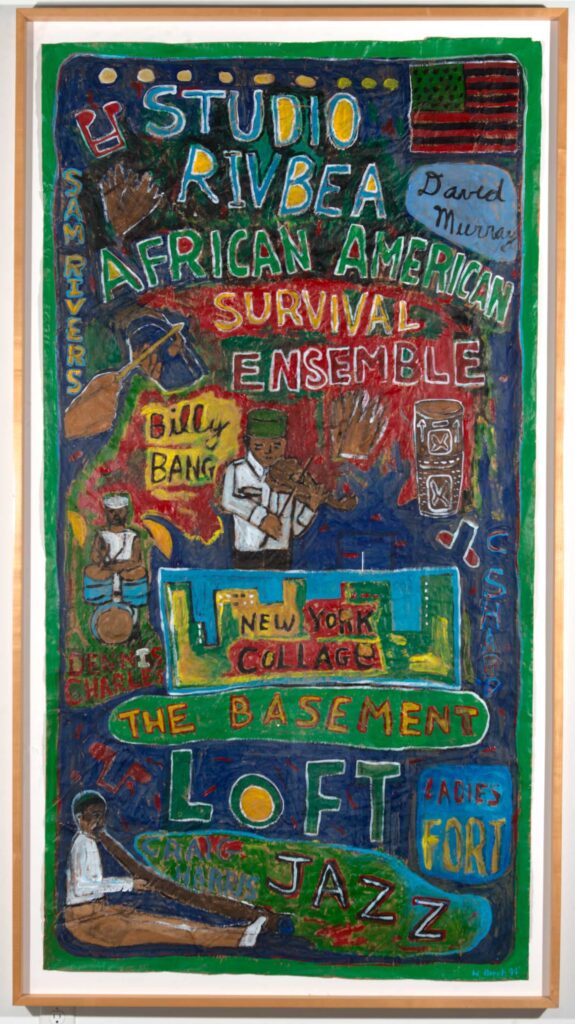
While Yinka Shonibare weighs the international impact of colonialism and Radcliffe Bailey references the Middle Passage, artists such as Gordon Parks, Beverly Buchanan, Fred Wilson and Roberto Lugo have dug into 20th and 21st century American history for their content. Their works reflect aspects of racial segregation, economic deprivation and systemic racism. Others, including Whitfield Lovell and Radcliffe Bailey, began with images from their own family archives to explore the broad African American history and experience.



Some of the younger artists focus on complexities of gender, sexuality and strata within Black cultures. Kehinde Wiley and Fahamu Pecou look at perceptions of Black males, while Vanessa German is concerned with the protection and advancement of Black girls and women. Mark Steven Greenfield considers how Black people are portrayed in films and public media. South African artist Zanele Muholi reflects the danger and persistence required of LGBTQ individuals in their country. Katharen Wiese looks at subtle, insidious biases from a biracial perspective.
Despite the seriousness of subject matter in Beautiful Black, one need only look to Oliver Jackson and Willie Birch’s musical references to feel joy, or the bubbly pinup girl in Wanda Ewing’s work to feel glee, or to the grace and dignity of Whitfield Lovell’s figures to feel optimism.
– Anne Pagel, Curator

